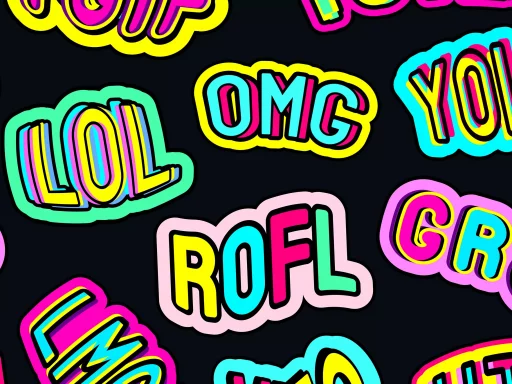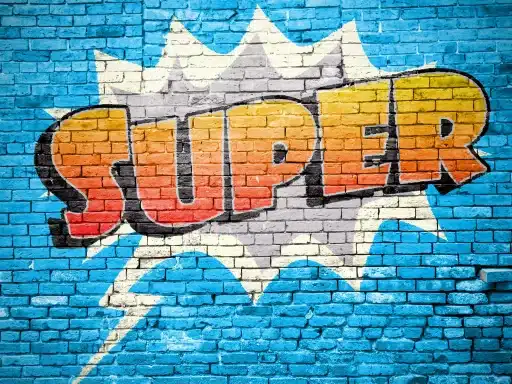Understanding Cringe Slang
The term “cringe” has evolved significantly from its original meaning, which referred to a physical reaction to fear or disgust. In contemporary slang, however, it describes feelings of embarrassment or awkwardness, particularly in social media contexts. This article delves into the meaning of cringe slang, exploring its origins, examples, and societal implications.
The Evolution of ‘Cringe’
Originally, the word “cringe” comes from Old English, meaning to shrink back or recoil. However, since the late 20th century, “cringe” has evolved into a descriptor used primarily in youth culture and internet lingo. It’s often applied to content perceived as uncomfortable or embarrassing, which evokes a second-hand embarrassment from viewers or participants.
Cringe in Social Media
With the rise of platforms like TikTok, Instagram, and Twitter, the usage of cringe slang has surged. Posts that might be labeled as “cringe” often showcase over-the-top behavior, poor attempts at humor, or outdated trends. This content is significantly defined by its reception—if an audience feels discomfort watching it, it can be classified as cringe.
Examples of Cringe Content
- Awkward dance videos with outdated moves.
- Overly enthusiastic brand promotions that feel disingenuous.
- Public proposals gone wrong, leading to discomfort for onlookers.
- Videos of people trying to act younger or hipper than they are.
Case Studies: When Cringe Goes Viral
The digital landscape is packed with examples of cringe content going viral, leading to both ridicule and notoriety. Below are two prominent case studies:
1. The ‘Cringe Compilation’ Videos
On platforms like YouTube, cringe compilation videos aggregate various clips deemed embarrassing or awkward. These compilations frequently attract millions of views, demonstrating the public’s fascination with cringe culture.
Statistics
- As of 2021, cringe compilation videos had an average view count of over 5 million on YouTube.
- Research from 2019 indicated that 45% of younger audiences reported watching cringe content regularly.
2. TikTok Trends
Trends on TikTok often oscillate between creativity and cringe. For instance, the “Corn Kid” video, which featured a child enthusiastically describing corn, saw widespread acclaim while also bringing out critiques of its overly sentimental nature. While many found the video endearing, others felt it fell straight into cringe territory due to its exaggeration and saccharine tone.
The Psychology of Cringe
From a psychological standpoint, experiencing cringe can serve as a means of social learning. As viewers recognize behaviors they find embarrassing, they often reinforce social norms about what is considered appropriate or enjoyable. This reinforces conformity and encourages individuals to perceive themselves through a social lens.
Final Thoughts on Cringe Slang
Cringe slang is a reflection of our changing cultural landscape, influenced heavily by the digital age. As social media becomes an integral part of our day-to-day interactions, the perception of cringe will continue to adapt. Understanding this phenomenon can provide significant insight into current societal norms, humor, and the dynamics of online engagement.
Conclusion
Ultimately, cringe slang offers a window into the absurdities of contemporary culture. It showcases our collective proclivity for discomfort and the unfiltered nature of online communication, where one person’s cringe might be another person’s comedy gold.





